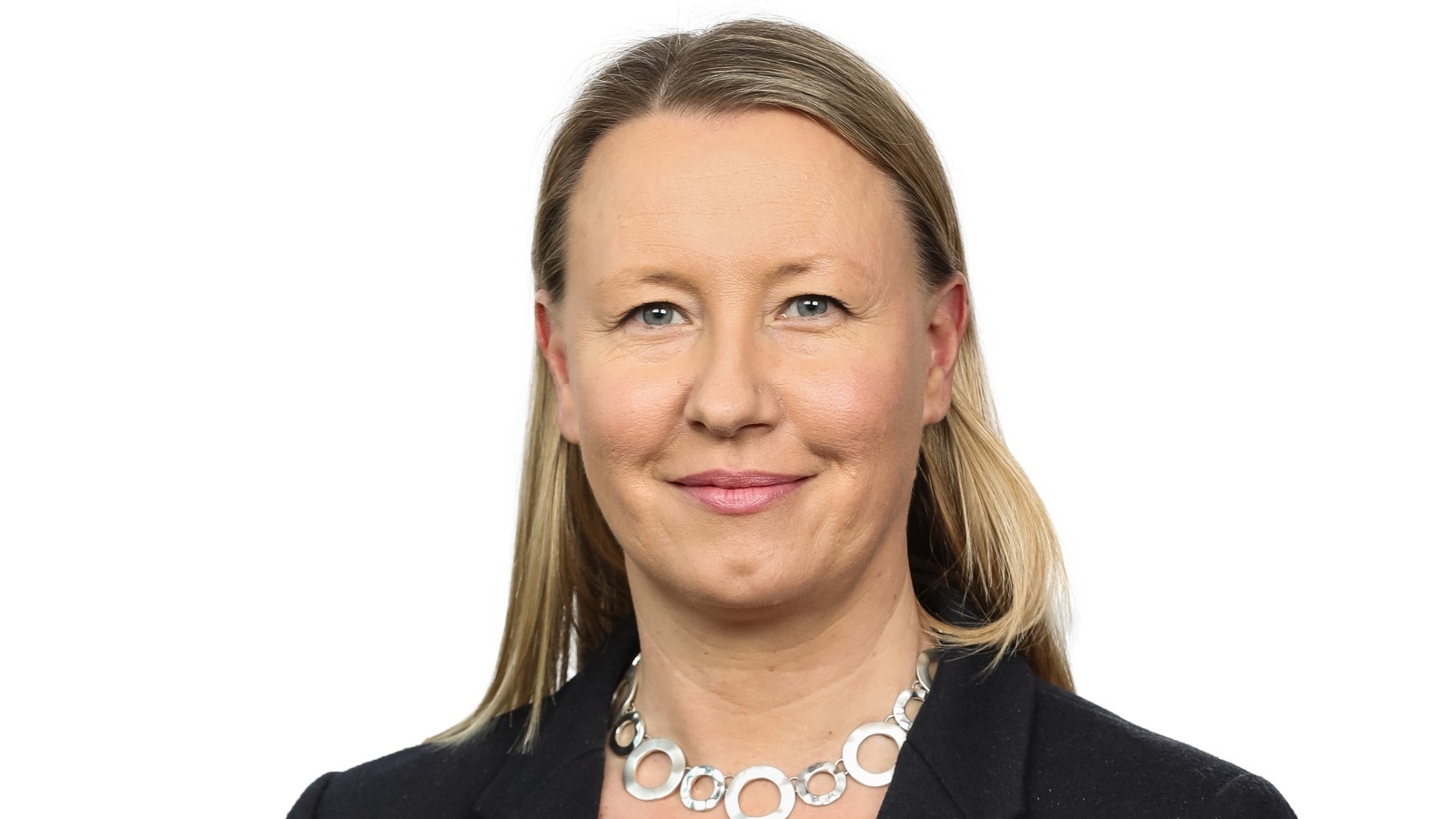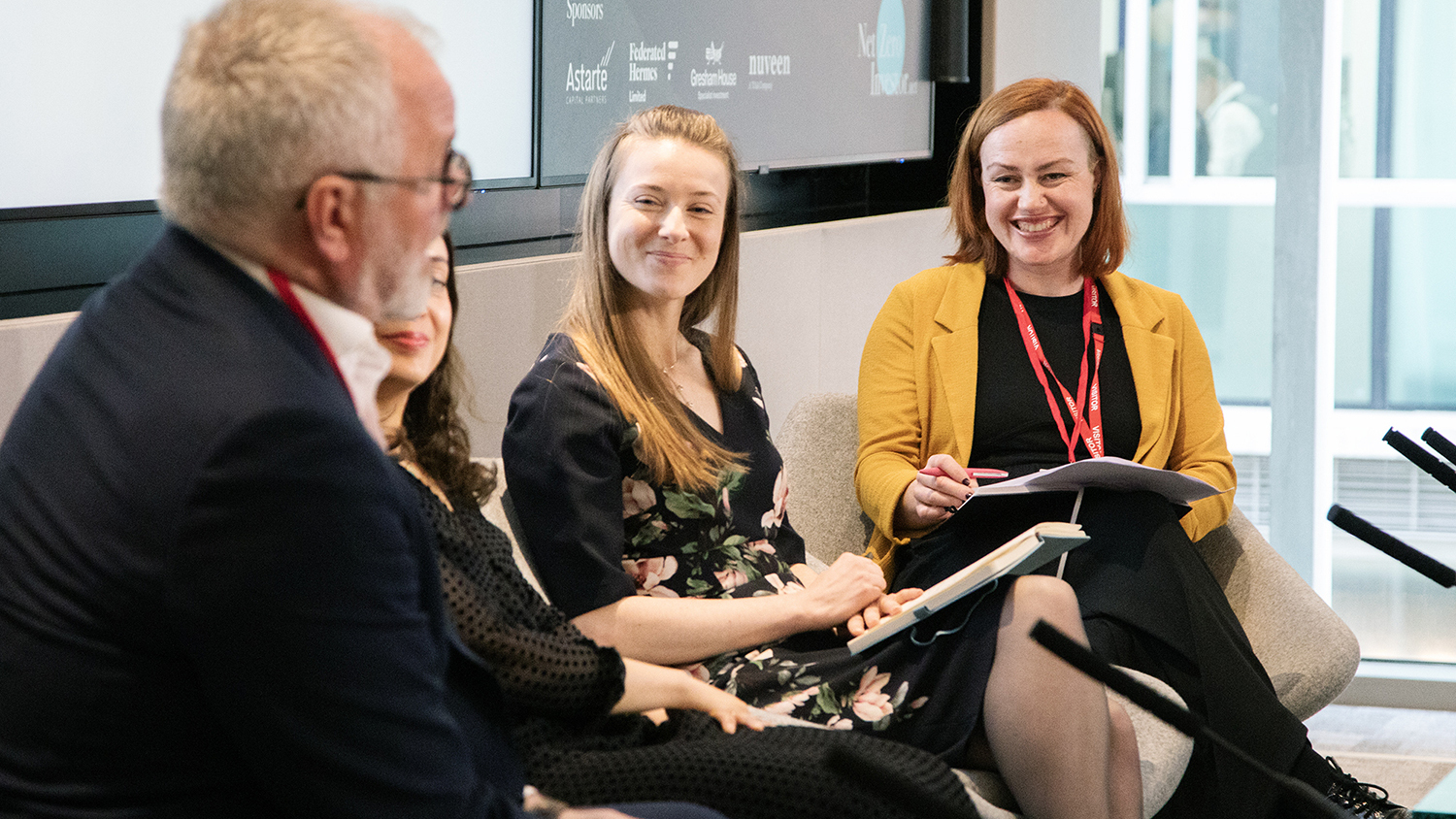
Exclusive: Impax AM’s head of stewardship on asset owners’ appetite for data
At ICGN in Stockholm, NZI sits down with Lisa Beauvilain, global head of sustainability & stewardship at Impax AM
Asset owners, managers, regulators, investors and other key industry players are gathering at ICGN in Stockholm today to discuss sustainability standards and reporting, looking specifically at the evolution of the space in recent years while they also zoom in what the next steps should be.
With so much going on, such as the growing demand for meaningful sustainability reporting and the global consolidation of sustainability reporting standards, Net Zero Investor sits down with one of the event’s key speakers, Lisa Beauvilain, global head of sustainability & stewardship at London-headquartered Impax Asset Management.
- Follow NZI's coverage of ICGN in Stockholm via Twitter and LinkedIn -
We are here in the Swedish capital to discuss sustainability standards and reporting. What is according to you the biggest challenge currently for investors and the companies they participate in?
I would highlight the challenge of quantifying some of the most pressing sustainability risks. For instance, physical climate risks and risks from biodiversity dependency or negative impacts on eco-systems. These risks and issues are complex from a spatial and temporal perspective, requiring high-quality geo-location data and very specific data and models. These are critical issues for investors and the broader economy to understand, quantify and manage. To achieve this, we will need research, innovation, collaboration and engagement between investors, corporates, academia, standard setters and government actors.
Sure, collaboration is great, but what about mandatory reporting? And rules around transparency?
There is an ever-increasing expectation of voluntary and increasingly mandatory sustainability reporting, which demand significant attention and time. Reporting and transparency are very important, but as an industry we need to resist over-lapping, excessive or redundant reporting, so that the focus can remain on the most critical topics our investments and the economy are facing, as described above, in addition to the on-going analysis of our companies from a material sustainability perspective and engaging with companies for improved sustainability processes.
So what is the next step?
The next phase for the sustainable investment industry must involve transparency, diligence and integrity, but also allowing and encouraging continued innovation in integrating finance and sustainability and not stymieing the energy, innovation and the broader and longer-term perspectives that sustainability has brought into finance, by over-prescriptive, non-interoperable rules and over-dimensional and over-lapping reporting requirements.
The next phase for the sustainable investment industry must involve transparency, diligence and integrity
Taking broader sustainability perspectives into investment analysis has never been more important to manage risk, identify opportunities and act within fiduciary duty, given the challenges of climate change, eco-system loss, geo-political tensions and social divides.
Many asset owners, particularly here in the Nordics, as well as in Germany and the Netherlands, increasingly demand more detailed ESG data, so they can understand and monitor sustainability efforts better. Do you recognise that trend?
Yes, it is a trend that has been going on for some time. Data is important, but not the quantity of it, but the quality. More specifically we need comparable and consistent sustainability data and metrics. These need to be very clearly defined, covering material sustainability issues. To achieve this, the global reporting standard and framework ISSB will be important.
Having data that enables the assessment of companies from the aspect of how the external environment affects a company, risk-focused, as well as how a company affects its external environment is important for a complete assessment, so called double-materiality. Many of the most pressing sustainability issues have a significant location-specific aspect to them, e.g. physical climate risks, biodiversity and supply chain risks.
So how can these risks be better assessed?
Investors need more detailed geo-location data of companies’ critical assets, plants and supply chains. This is critical data that companies should disclose, in order to allow the assessment of these complex and pressing sustainability risks and issues. Impax has sent letters to all S&P500 companies asking for more detailed geo-location data reporting, as well as petitioned the US SEC to ask companies to report these data points.
Biodiversity and nature are not tree-hugger topics that they were perhaps previously perceived to be.
Finally, when talking about data, context and narrative are essential. Why does data look in a certain way? Why have metrics deteriorated? Why do some metrics matter more than others for a company? The financial industry lives by data and metrics, but context and narrative are often essential for the data to be meaningful.
Let's move on, you head your firm's impact investment activities. How may attention would you say do asset owners, investors and companies pay to impact investment?
There is significant interest in investing in companies that have products and services that are solutions that can enable and accelerate a transition to a more sustainable economy. These types of solution providing companies are very strongly positioned for future growth. They have technological tailwinds, as well as often being well aligned with the direction of travel of tightening regulation to manage such as pollutants or climate change.
Change and improvement that solution providing companies have through their products and services on, for example water savings or GHG avoidance, can be measured and we have found that many investors are interested in this type of impact measurement and quantification.
Let’s zoom in on your role for a second. At Impax, you are responsible for sustainability research and methodologies. What would you say is the biggest trend or focus area this year?
We are involved in quite a few areas of research and work at the moment, but biodiversity is probably the stand-out topic this year. The financial industry has come to this topic quite late in the day, but it is encouraging to see the strong momentum biodiversity has attracted. That is good and may it last, as almost half of the global economic output is depending on biodiversity and ecosystem services. 60% of our medicine today is based on raw materials stemming from nature. Biodiversity and nature are not tree-hugger topics that they were perhaps previously perceived to be, but areas that are critical for the economy and our future prosperity.
In addition, you are the chair of Impax’s ESG and Sustainability Lens committees, can you tell us a bit more about that?
We are focused on investment in the transition to a more sustainable economy. The Impax Sustainability Lens and the related Lens committee process enable us to continually assess how emerging risks and opportunities are affecting different economic activities, in order to prioritize and generate investment ideas in areas and activities with higher opportunities and lower risks as the transition to a sustainable economy continues. Drivers for the transition are new technology, changing consumer preferences, increased societal flow of information and policy and regulation.
So what are some of the topics that keep you and your committee awake at night?
Recent topics of research in the committee have been the supply chain constraints and complexities across different sectors and the implications – risks and opportunities - of that to different activities and companies.
- Follow NZI's coverage of ICGN in Stockholm via Twitter and LinkedIn -




